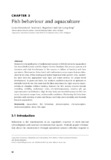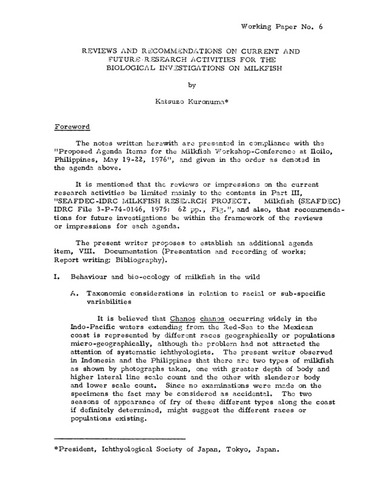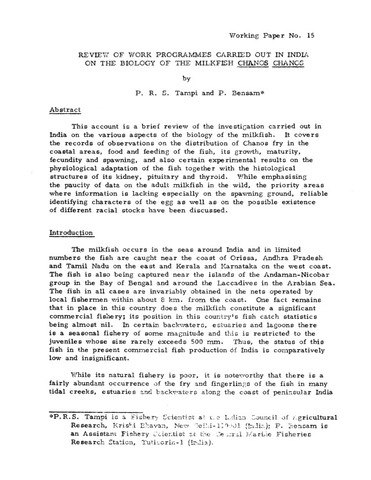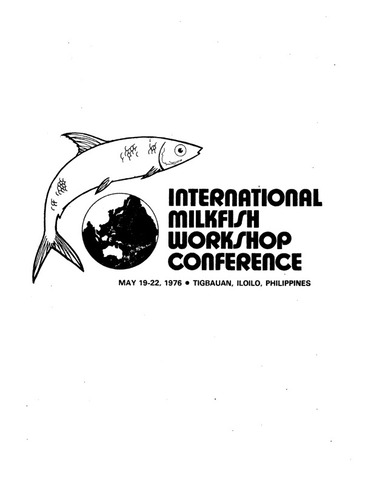Fish behaviour and aquaculture
Share
Abstract
Research in the application of fundamental concepts of fish behaviour to aquaculture has intensified recently and this chapter further elucidates fish sensory systems and functions and their involvement in the success or failure of hatchery and farm operations. Most marine fishes hatch with rudimentary sense organs that are elaborated by the time of first feeding and further improved with growth; thus, hatcheries must have the appropriate food, light and water currents for proper larval development. In grow-out farms, the ambient conditions must be at optimum or tolerable levels for the fish stock and the diets must have the right sensory characteristics to stimulate efficient feeding. Stressors for fish sensory systems include crowding, turbidity, underwater noise, chemotherapeutants, extreme pH, gas supersaturation and infection. High-density farms are stressful because the fish can sense, but cannot escape from, unfavourable conditions. Monitoring fish behaviour provides early warning of stress and disease and helps avert mortality and financial losses in aquaculture.
Suggested Citation
Kawamura, G., Bagarinao, T. U., & Seng, L. L. (2015). Fish behaviour and aquaculture. In S. Mustafa & R. Shapawi (Eds.), Aquaculture Ecosystems: Adaptability and Sustainability (pp. 68–106). Chichester, UK: John Wiley & Sons, Ltd.
Subject
Collections
Related items
Showing items related by title, author, creator and subject.
-
Reviews and recommendations on current and future research activities for the biological investigations on milkfish
Kuronuma, Katsuzo (Aquaculture Department, Southeast Asian Fisheries Development Center, 1976)Presented in this paper are the recommendations on current and future research activities for the biological investigations on milkfish (Chanos chanos). Included were the bahavior and bio-ecology of milkfish in the wild. ... -
Review of work programmes carried out in India on the biology of the milkfish Chanos chanos
Tampi, P. R. S.; Bensam, P. (Aquaculture Department, Southeast Asian Fisheries Development Center, 1976)This account is a brief review of the investigation carried out in India on the various aspects of the biology of the milkfish. It covers the records of observations on the distribution of Chanos fry in the coastal areas, ... -
International Milkfish Workshop Conference, May 19-22, 1976, Tigbauan, Iloilo, Philippines
Southeast Asian Fisheries Development Center, Aquaculture Department; International Development Research Centre (Aquaculture Department, Southeast Asian Fisheries Development Center, 1976)





